You’ve been waiting for this! (Right?!) XRF test results for 1987 Garbage Pail Kids Sticker Cards!
For those new to the Lead Safe Mama website:
Tamara Rubin is a multiple-federal-award-winning independent advocate for childhood Lead poisoning prevention and consumer goods safety, and a documentary filmmaker. She is also a mother of Lead-poisoned children (two of her four sons were acutely Lead-poisoned in 2005).
- Tamara owns and runs Lead Safe Mama, LLC — a unique community collaborative woman-owned small business for childhood Lead poisoning prevention and consumer goods safety.
- Since 2009, Tamara has been conducting XRF testing (a scientific testing method) using the exact instrumentation employed by the U.S. Consumer Product Safety Commission to test consumer goods for toxicants (specifically heavy metals — including Lead, Cadmium, Mercury, Antimony, and Arsenic).
- Since July of 2022, the work of Lead Safe Mama, LLC has been responsible for 5 product recalls (FDA and CPSC).
- All test results reported on this website are science-based, accurate, and replicable.
- Items that Lead Safe Mama, LLC reports on are tested multiple times to confirm the results published (for each component tested).
- Recent notable press… There has been too much to mention already in 2024! Please check out our press page to see some of the amazing coverage of our work so far this year!
Published: March 17, 2024
- These cards were sent in by a reader who had concerns about the young children in their lives playing with the cards and stickers.
- Using XRF technology, these 1987 Garbage Pail Kids collectable cards/ stickers actually tested quite clean — similar to many other vintage printed paper items from the 1980s — in fact they were “almost” negative for Lead (and the other primary toxicants we look for in items intended for use by children).
- With vintage paper goods (books or otherwise), hand-washing after playing with the item (and before eating, especially) is always a good idea.
- We always test each component multiple times (with all of the consumer goods testing we do) and most of the tests for these items resulted as non-detect for toxicants with the exception of some tests showing a positive reading of 2 (+/- 1) ppm Lead. This level of Lead in a paper good is likely very trace contamination of the ink that the item was printed with.
- In response to this testing, I do not have concerns for children (of the appropriate age) playing with these (or other) trading cards/ paper-stickers from the 1980s.
- Here’s the test results for a book from 1985 as a basis of comparison.
- Please note that we have tested other vintage/ antique paper stickers and found them to be positive for high levels of Lead (you can see the test results of one example here). This highlights the fact that considerations around paper stickers are relevant to the age of the item.
- We have also tested quite a few modern vinyl decals (example here) that have been positive for high levels of Lead (and other toxicants), so one cannot extrapolate that all stickers made after the mid-1980s are likely to be safe from a toxicant perspective, only that paper stickers from that time-frame onward are less-likely to have Lead.
- Another example of a concerning modern sticker: The recent (2020) Nerf gun recall was for a logo sticker on a toy Nerf gun that tested positive for unsafe levels of Lead (you can read more about that here).
- Please continue reading below to see the a full set of XRF test results for the cards pictured in this article.
A full set of XRF test results for the cards pictured
Result Set #1) Testing on the front surface of the sticker(s)
180-second test
- Lead (Pb): non-detect (low threshold of detection “less than 2 ppm”)
- 180-second reading #2): 2 +/- 1 ppm
- Cadmium (Cd): non-detect (low threshold of detection “less than 8 ppm”)
- Mercury (Hg): non-detect (low threshold of detection “less than 4 ppm”)
- Arsenic (As): non-detect (low threshold of detection “less than 2 ppm”)
- Titanium (Ti): 2,082 +/- 166 ppm
- Iron (Fe): 265 +/- 16 ppm
- Copper (Cu): 12 +/- 5 ppm
- Zinc (Zn): 5 +/- 3 ppm
- Bromine (Br): 6 +/- 1 ppm
- Tin (Sn): 13 +/- 9 ppm
- Bismuth (Bi): 5 +/- 2 ppm
- No other metals were detected in consumer goods mode.
Result Set #2) Testing on the back side of the sticker card(s)
180-second test
- Lead (Pb): 2 +/- 1ppm
- Cadmium (Cd): non-detect (low threshold of detection “less than 8 ppm”)
- Mercury (Hg): non-detect (low threshold of detection “less than 4 ppm”)
- Arsenic (As): non-detect (low threshold of detection “less than 2 ppm”)
- Titanium (Ti): 921 +/- 153 ppm
- Iron (Fe): 272 +/- 16 ppm
- Copper (Cu): 16 +/- 5 ppm
- Zinc (Zn): 6 +/- 3 ppm
- Bromine (Br): 8 +/- 1 ppm
- Bismuth (Bi): 4 +/- 2 ppm
- No other metals were detected in consumer goods mode.
Result Set #3) Testing the original packaging/ plastic sleeves
180-second test
- Lead (Pb): non-detect (low threshold of detection “less than 2 ppm”)
- Cadmium (Cd): non-detect (low threshold of detection “less than 8 ppm”)
- Mercury (Hg): non-detect (low threshold of detection “less than 4 ppm”)
- Arsenic (As): non-detect (low threshold of detection “less than 2 ppm”)
- Titanium (Ti): 7.085 +/- 190 ppm
- Vanadium (V): 169 +/- 106 ppm
- Iron (Fe): 274 +/- 16 ppm
- Copper (Cu): 36 +/- 5 ppm
- Zinc (Zn): 10 +/- 3 ppm
- Bromine (Br): 9 +/- 1 ppm
- Bismuth (Bi): 5 +/- 2 ppm
- No other metals were detected in consumer goods mode.
~ End ~
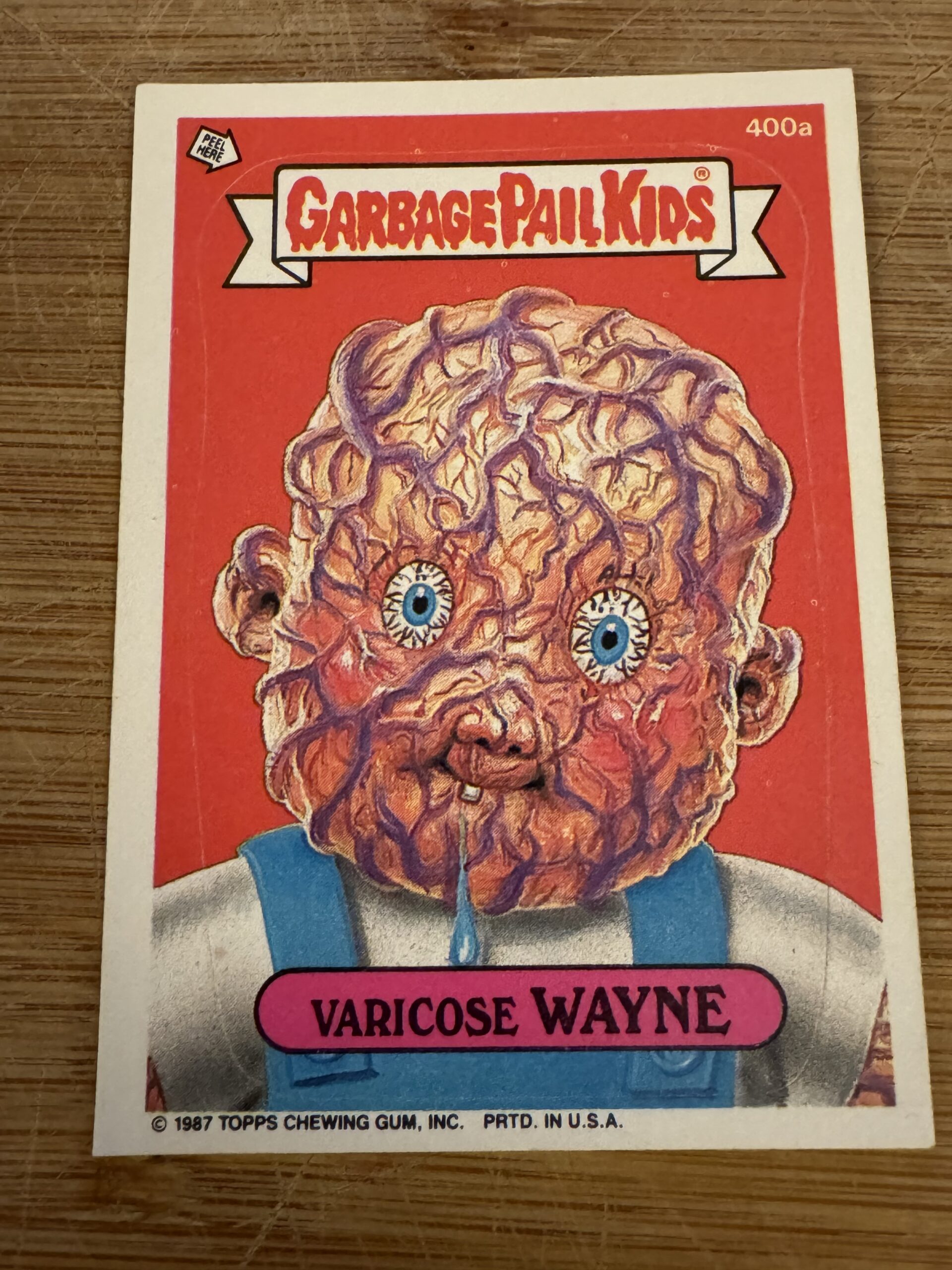
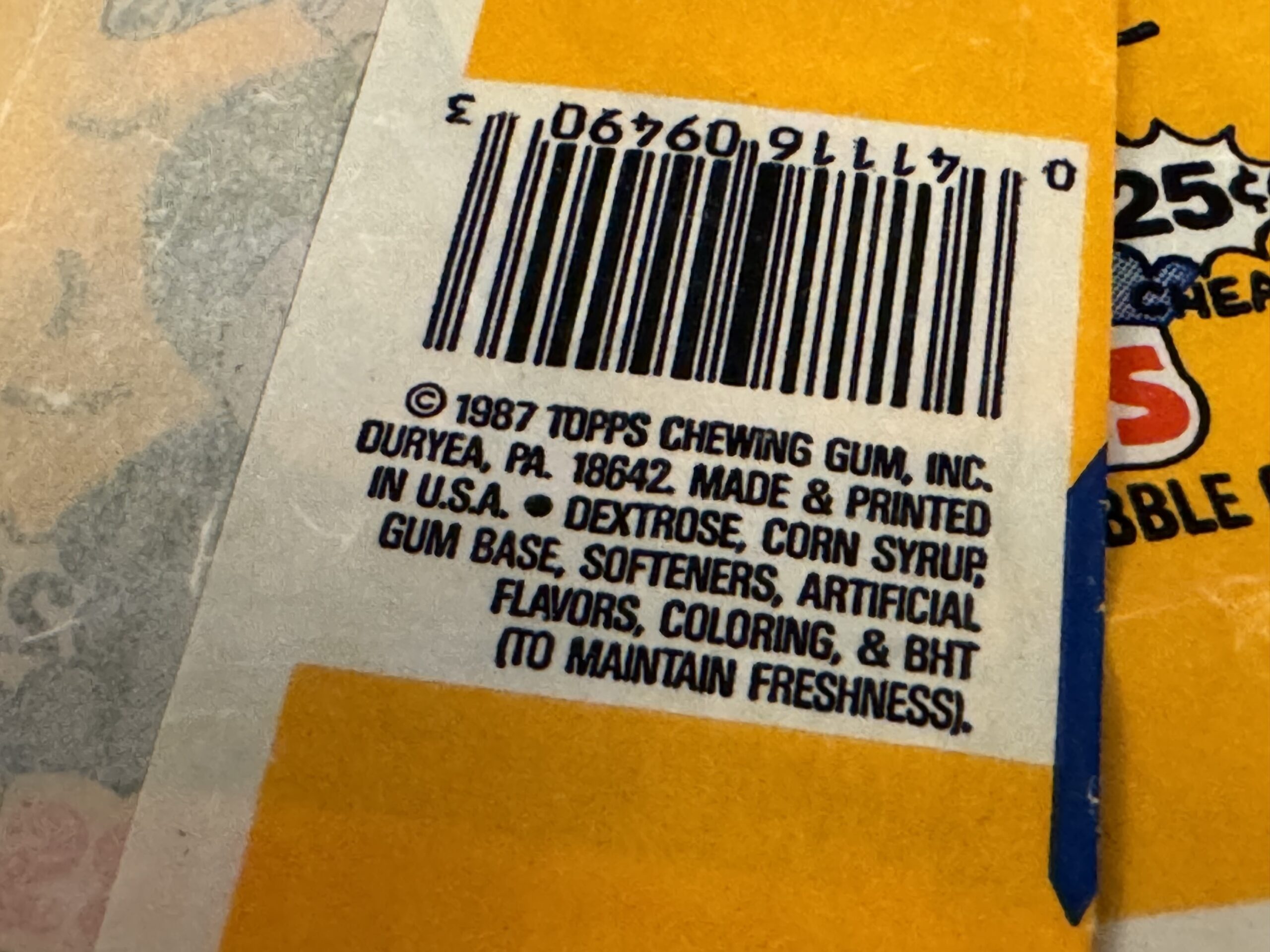
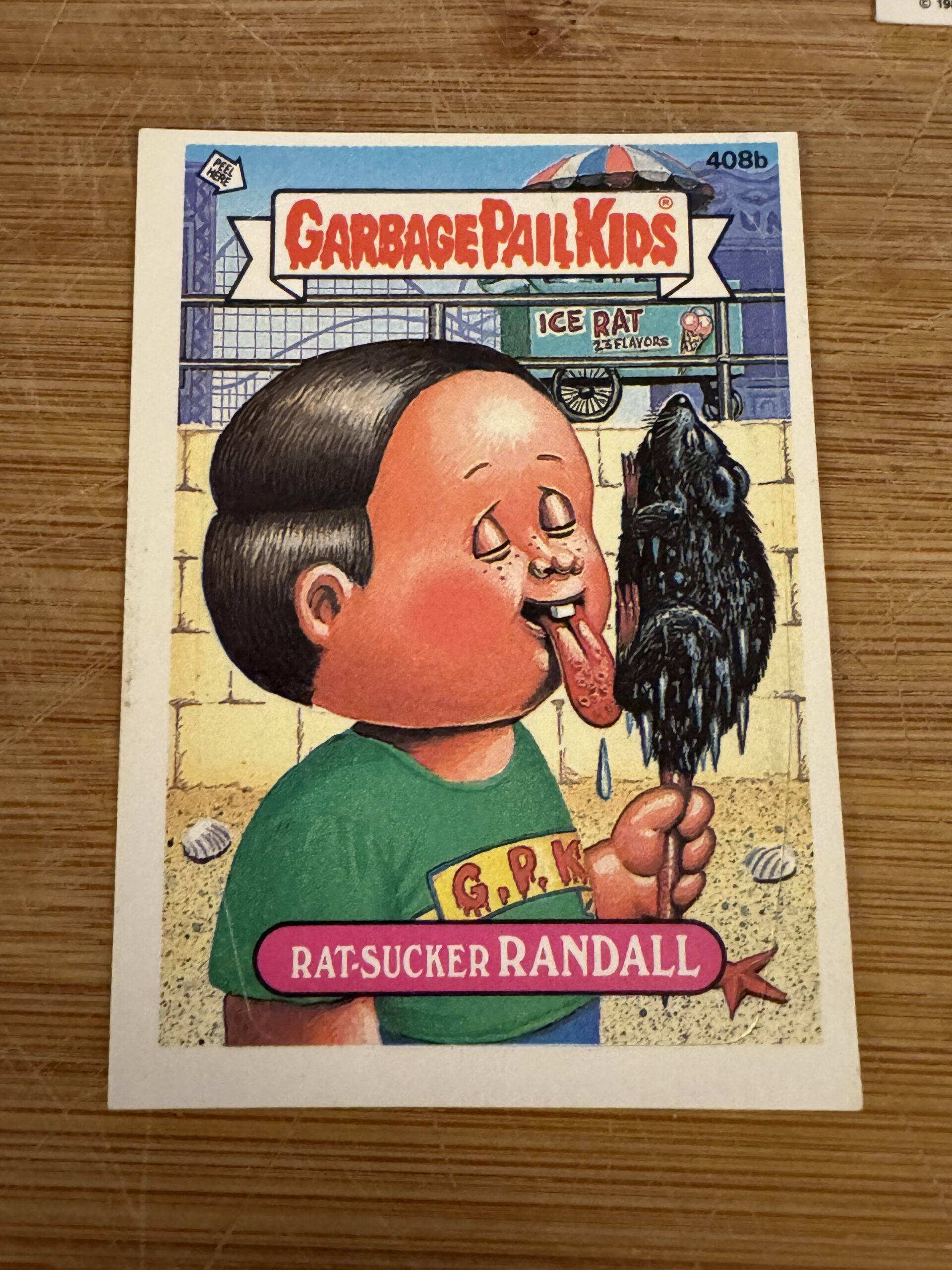
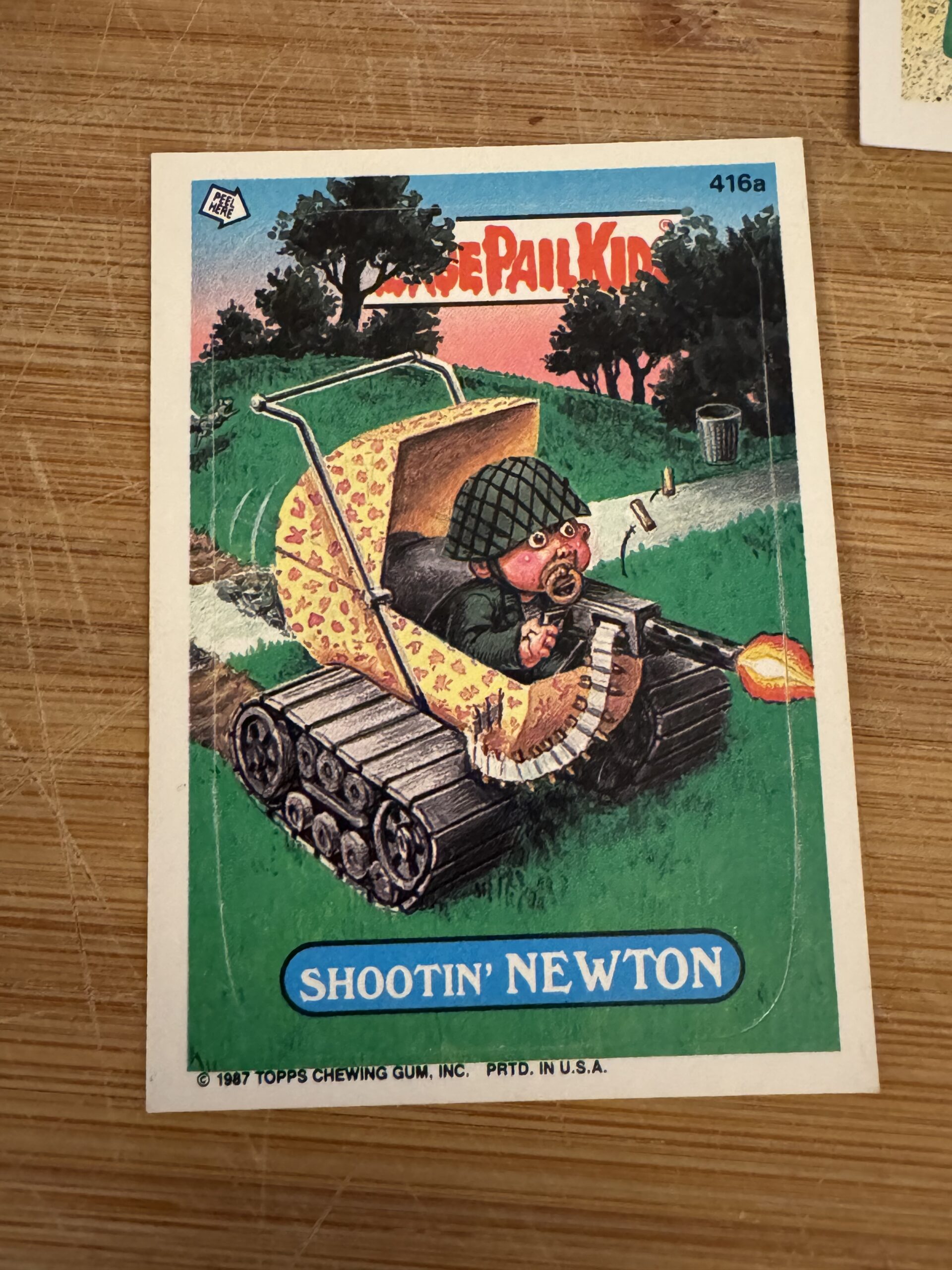
Never Miss an Important Article Again!
Join our Email List








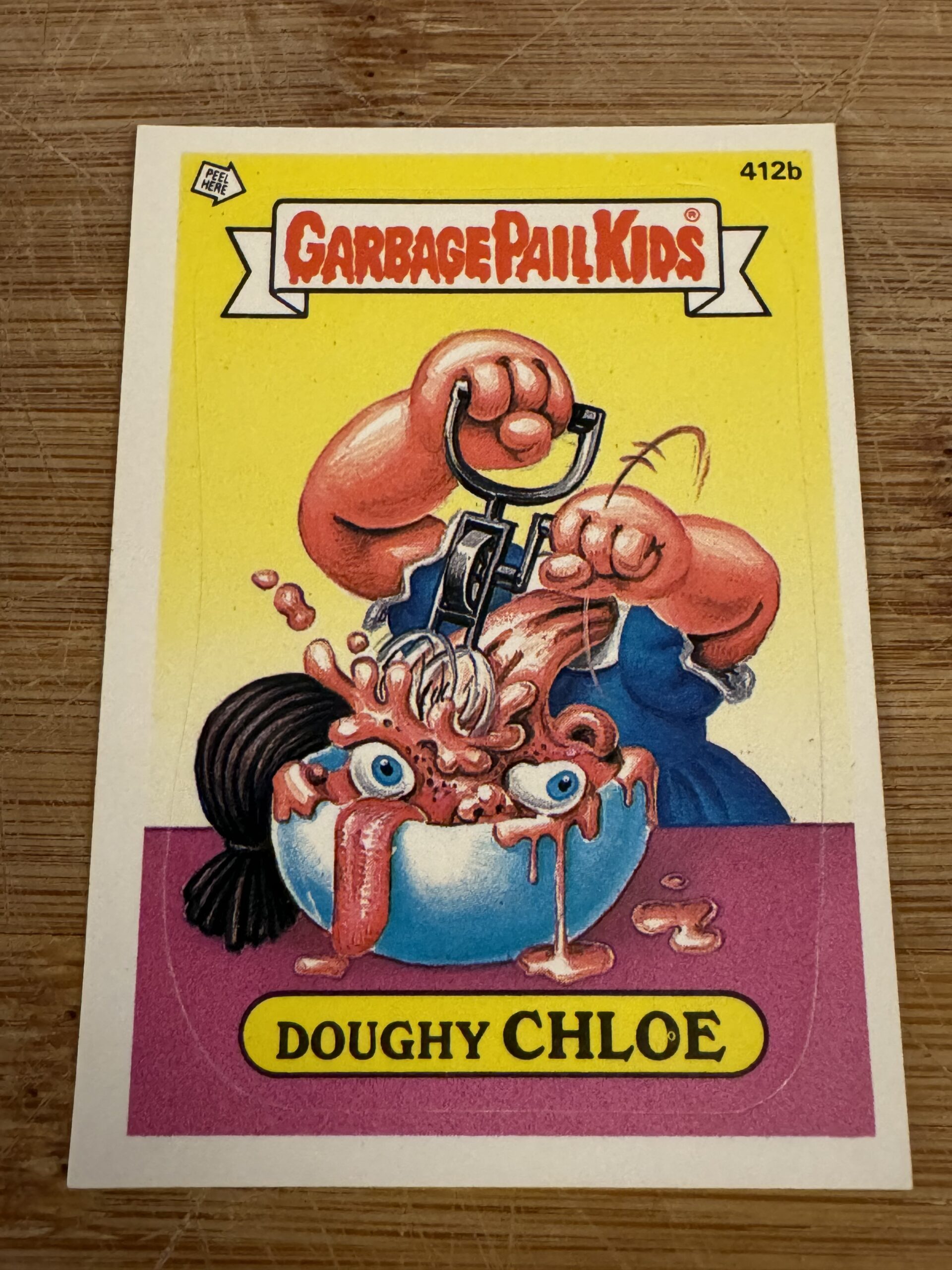
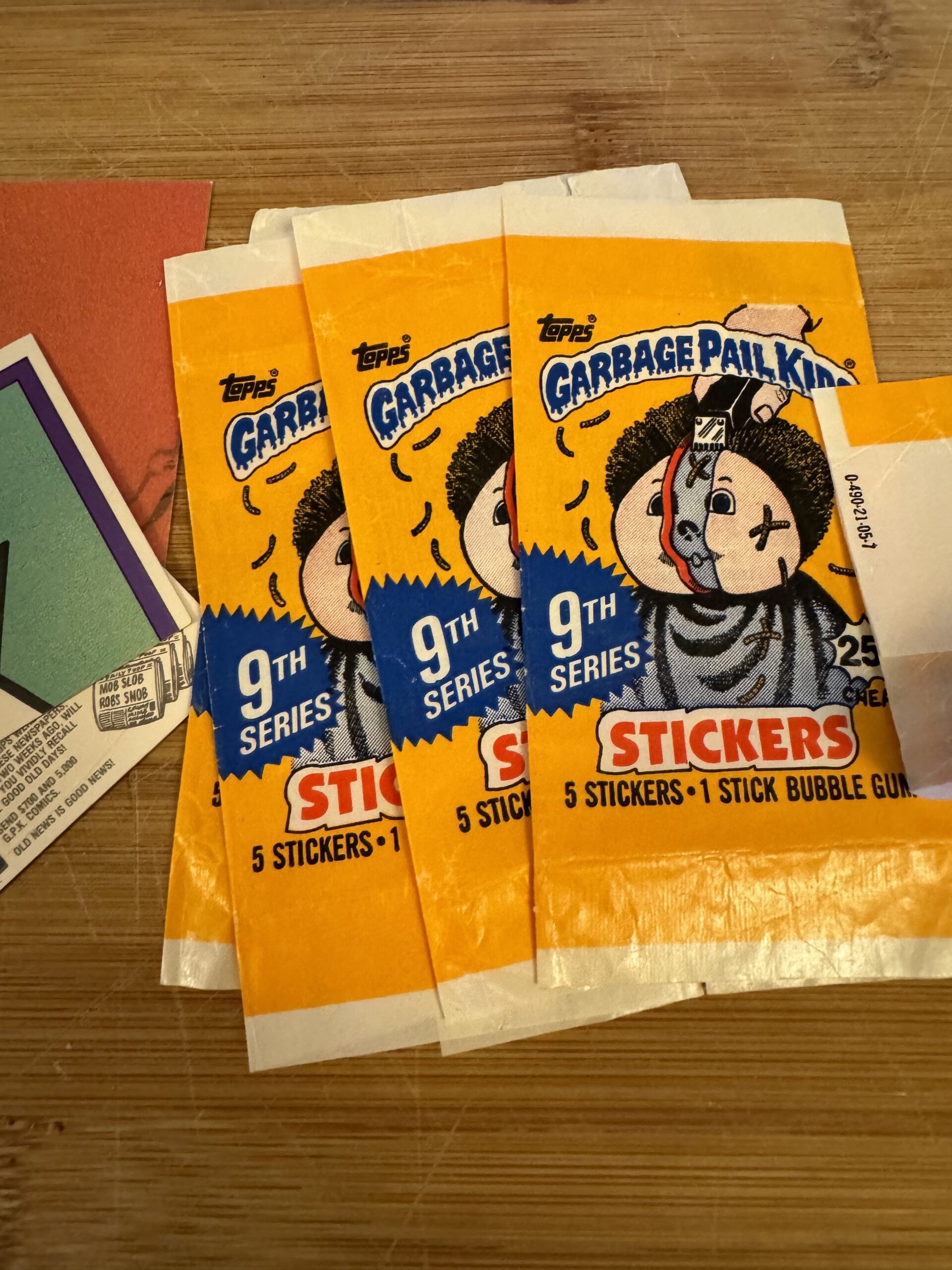
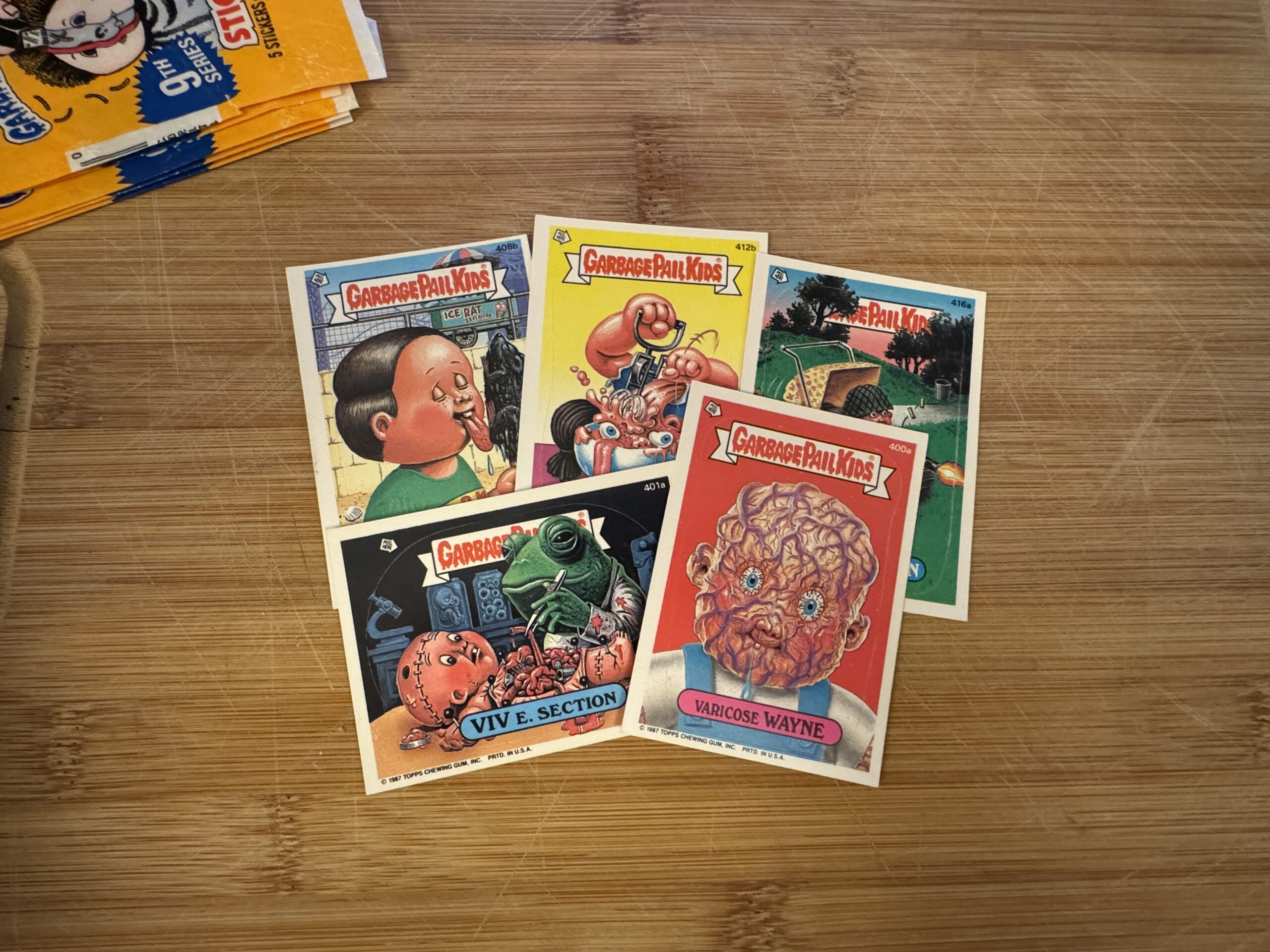
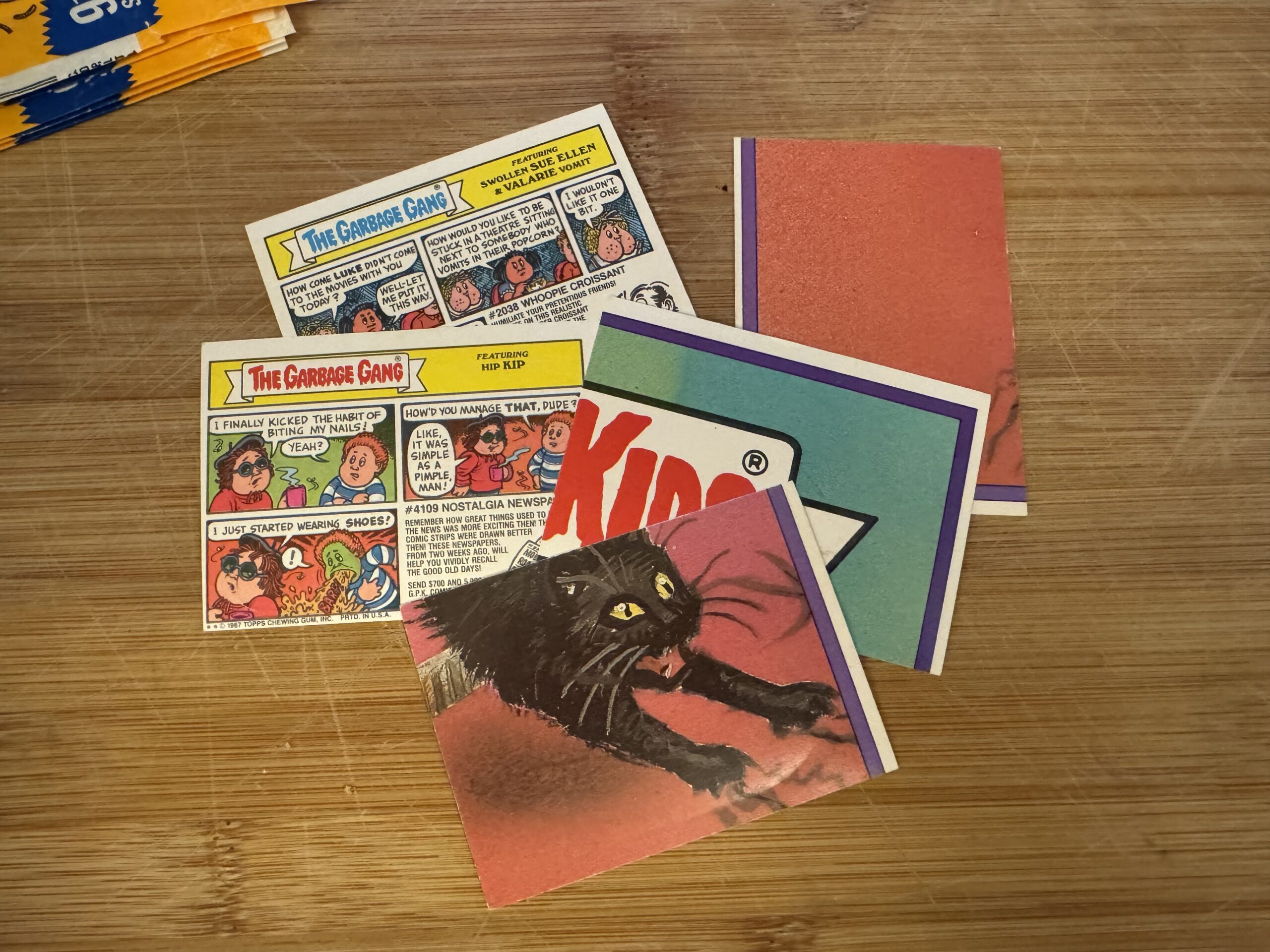
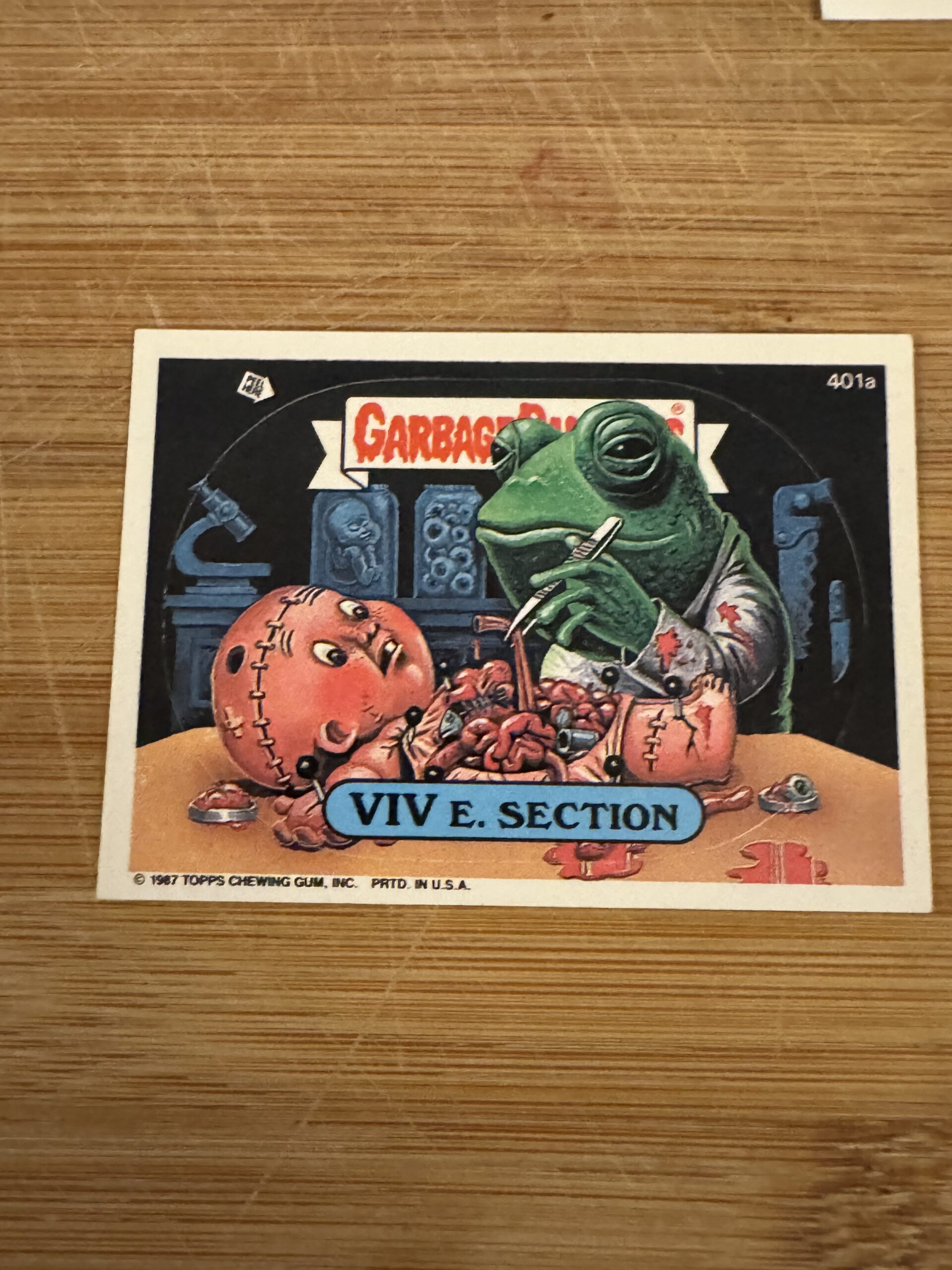

Can you please give the link to the vinyl decal example? Thank you!
Here you go! https://tamararubin.com/2020/06/my-green-canteen-because-our-children-deserve-a-pristine-planet-20900-ppm-lead-90-is-unsafe-for-kids-3481-ppm-arsenic/
Amazing. Thank you for your work